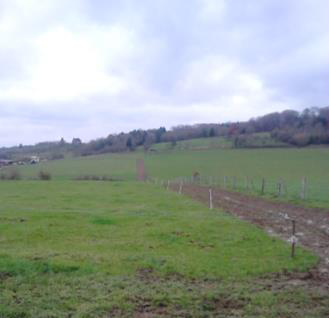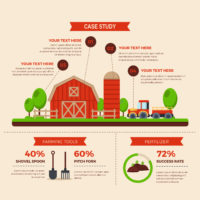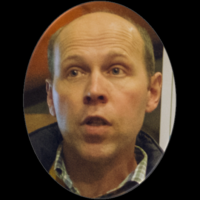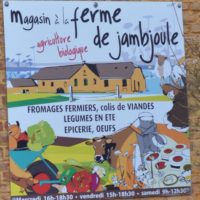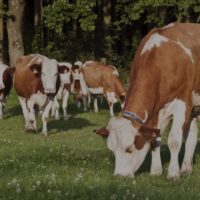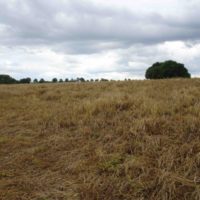Cellular grazing in Vosges
Description
Since many years, the GAEC de la Charmée tested several kind of pasture management : continuous, with wire… To finally choose the rotational grazing.
In 2016, with the son’s installation on the farm, the number of dairy cows double to reach 120 cows. The paddocks, witch are made to 3 or 4 days of grazing, don’t allow to stay more than 2 days for grazing.
Rotational, then cellular grazing, allowed better valorization for area close to the farm building and to limit use of corn silage. In the simulations for son’s installation, with 120 cows, the breeding need to have 50 ha of corn. In 2016 and 2017, only 25-30 ha were enough. Cows didn’t eat corn silage from 1st april to 1st novembre 2017.
Difficulties were about the organization of paddocks and especially for the access track. This track had to be moved because it wasn’t adapted. The water access is the next step for the paddock organization.
Reason for the innovation
- Dairy production due to pasture
- Limit income of concentrates and corn silage area
Farm description
Environment
- Soils: superficial clay and lime-stone, could be very dry in summer
- Climate: Oceanic to continental trend
- Altitude: 350 m
Grassland management
- Grazing: Yes, cellular grazing
- Grazing 7- 8 month a year
Structure
- Annual Work Unit: 3
- Agricultural area: 235 ha UAA
- Temporay grassland: 23 ha
- Permanent grassland: 88 ha
- Area for cellular grazing: 32 ha
- Corn silage: 27 ha
- Breeds: Prim’holstein and Montbéliarde
- Stocking rate: 1,34 UGB / ha forage area
Animal performance
- Milk production per head: 8 000 L /year
Why it is working
Large accessible area close to the farm building.
Importance of thinking time during the organization of paddocks.
Advices took from advisors, farms visits, agricultural newspaper…
Additional information
| Farming system | conventional farming |
|---|---|
| Domains of innovation | grazing management system, landscape |
| Main types of animal | beef cattle, dairy cattle |
| Country | France |
| Product type | Farmer portrait |
| Language | English, French |
